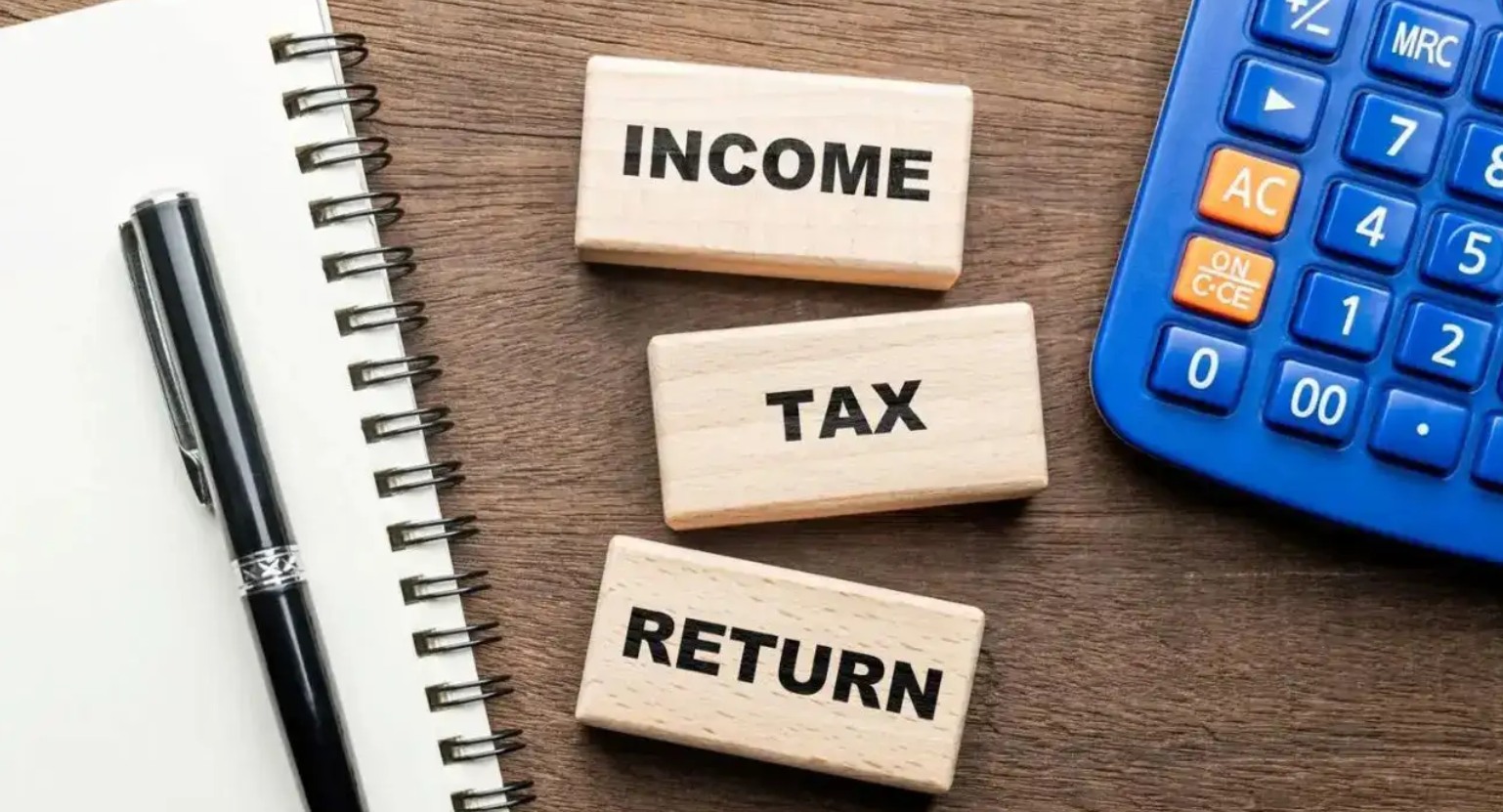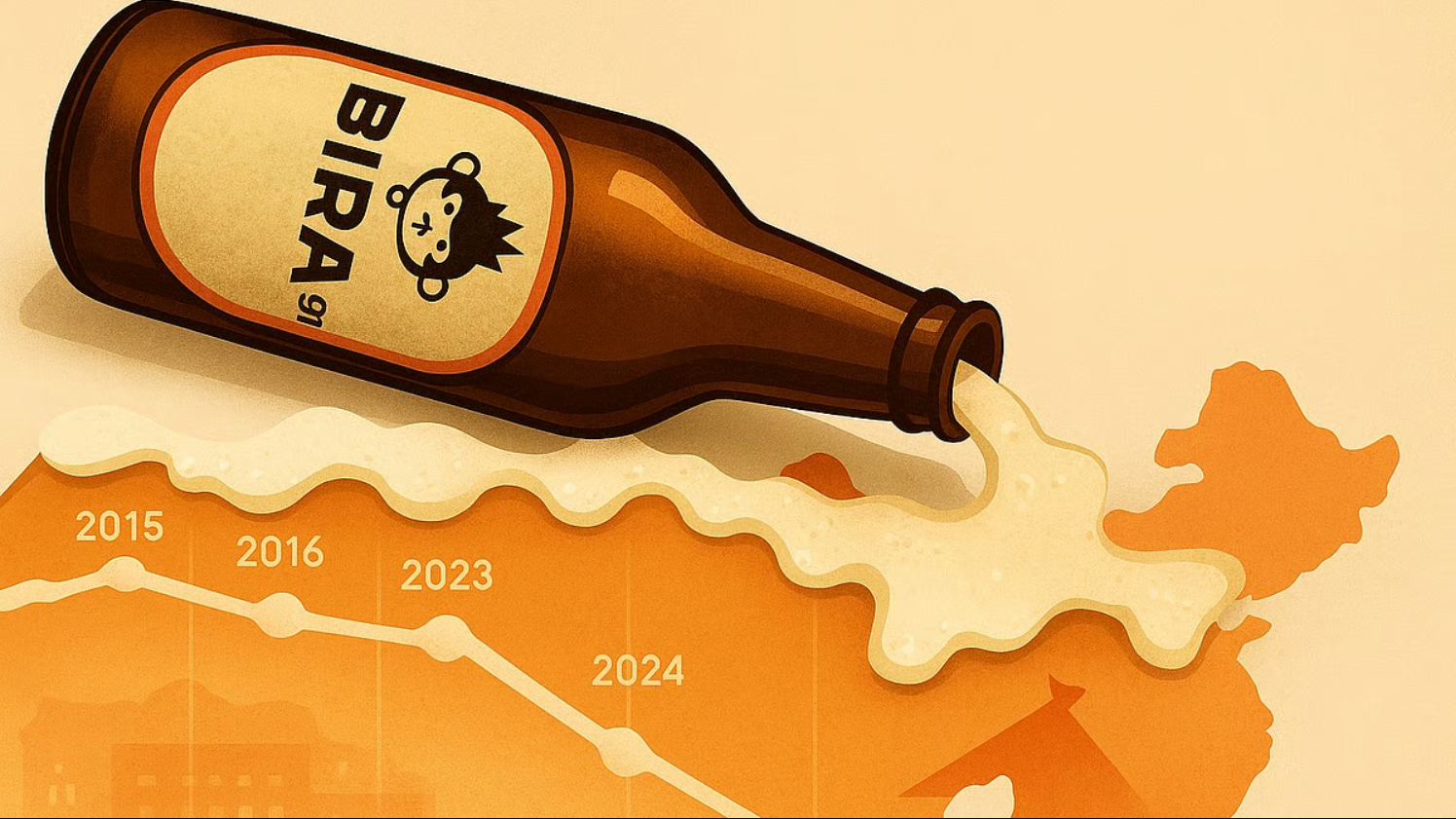As the tax filing season for Assessment Year 2025 26 progresses, an increasing number of taxpayers are voicing concerns about delays in receiving their income tax refunds. Typically, the income tax filing process begins in April, allowing ample time for both taxpayers and the Income Tax Department to manage submissions and disbursements. However, this year the process got off to a slower start. The delay in releasing the ITR forms and utilities has contributed to slower backend processing, resulting in refund lags for many.

The first signs of delay were noticed when the utilities for only ITR 1 and ITR 4 were made available by late May. These forms primarily cater to salaried individuals and small business owners under presumptive taxation. More complex forms such as ITR 2 and ITR 3 have still not been fully operationalised, limiting the ability of many taxpayers to file returns on time. Consequently, the number of returns filed so far is lower than usual, and a significant portion of filers who submitted early are yet to see refunds credited to their bank accounts.
Many affected taxpayers have taken to social media and public forums to voice their concerns. In such cases, it becomes essential to understand how to check your refund status and what steps to take if a delay occurs. One of the most straightforward ways to check refund status is through the Income Tax Department’s official website. Once logged in, taxpayers can navigate to the ‘Refund or Demand Status’ section and view the current state of their refund. Alternatively, a quick status check can also be performed on the NSDL website using your PAN and the relevant assessment year.
If the portal shows that the refund has been issued but the amount has not been credited, the first step is to verify your bank account details. A simple mismatch in IFSC code or an unverified account can result in failed transactions. The refund is processed through the State Bank of India, so in case of continued delay, contacting your bank or SBI’s refund processing division might be helpful.

One of the major reasons behind the current delays is the technical upgrade of the Income Tax Department’s backend systems. Following the budget announcements in April 2024, the department began integrating several updates related to new tax slabs and compliance rules. While these upgrades are intended to streamline processes in the long run, they have temporarily disrupted the normal pace of return processing and refund issuance.
Mistakes by taxpayers are also a common cause of delays. Issues like incorrect form selection, incomplete disclosure of income, or failure to verify the bank account can stall the refund process. In such cases, the return remains unprocessed until all discrepancies are resolved. It is important for taxpayers to file accurately, review every detail before submission, and complete the e verification promptly after filing.
For those whose returns are processed but refunds are still pending, the Income Tax Department offers a grievance redressal mechanism through its e Nivaran portal and CPGRAMS. These platforms allow users to submit complaints under the ‘Refund not received’ category. It is essential to provide complete details including PAN, assessment year, acknowledgement number, and contact information. If the issue is not resolved within a reasonable timeframe of 15 to 20 days, the case can be escalated to a senior officer. Contacting CPC Bangalore or reaching out through the Income Tax Department’s official social media handles are also viable options for follow up.
To avoid refund delays in the future, taxpayers should focus on a few best practices. File your ITR as early as possible once the forms are available and ensure e verification is completed immediately. Choose the correct ITR form based on your income profile. Salaried individuals should typically opt for ITR 1, while business professionals may need ITR 3 or ITR 4. Prevalidate your bank account on the income tax portal to avoid payment failures. Once the return is filed and verified, monitor the refund status regularly and take prompt action if you notice any discrepancies.

This year, the deadline for filing ITR has been extended to 15 September 2025, giving taxpayers more time to prepare and file returns without penalties. However, this also means that the government may face a heavier refund burden in the coming months. It is worth noting that under Section 244A of the Income Tax Act, taxpayers are entitled to interest on delayed refunds. This provision provides a small but welcome cushion for those experiencing longer than usual wait times.
In summary, if you are still waiting for your income tax refund, begin by checking the refund status online, verifying your bank account details, and making sure the right ITR form was used. If delays persist, do not hesitate to file a complaint and escalate it if necessary. Staying informed, vigilant, and proactive will be the best way to ensure that your refund is not only processed but also reaches your account without unnecessary delays.
For more tax tips, updates on ITR filing, and personal finance insights that help you manage your money better, follow You Finance on Instagram and Facebook.















